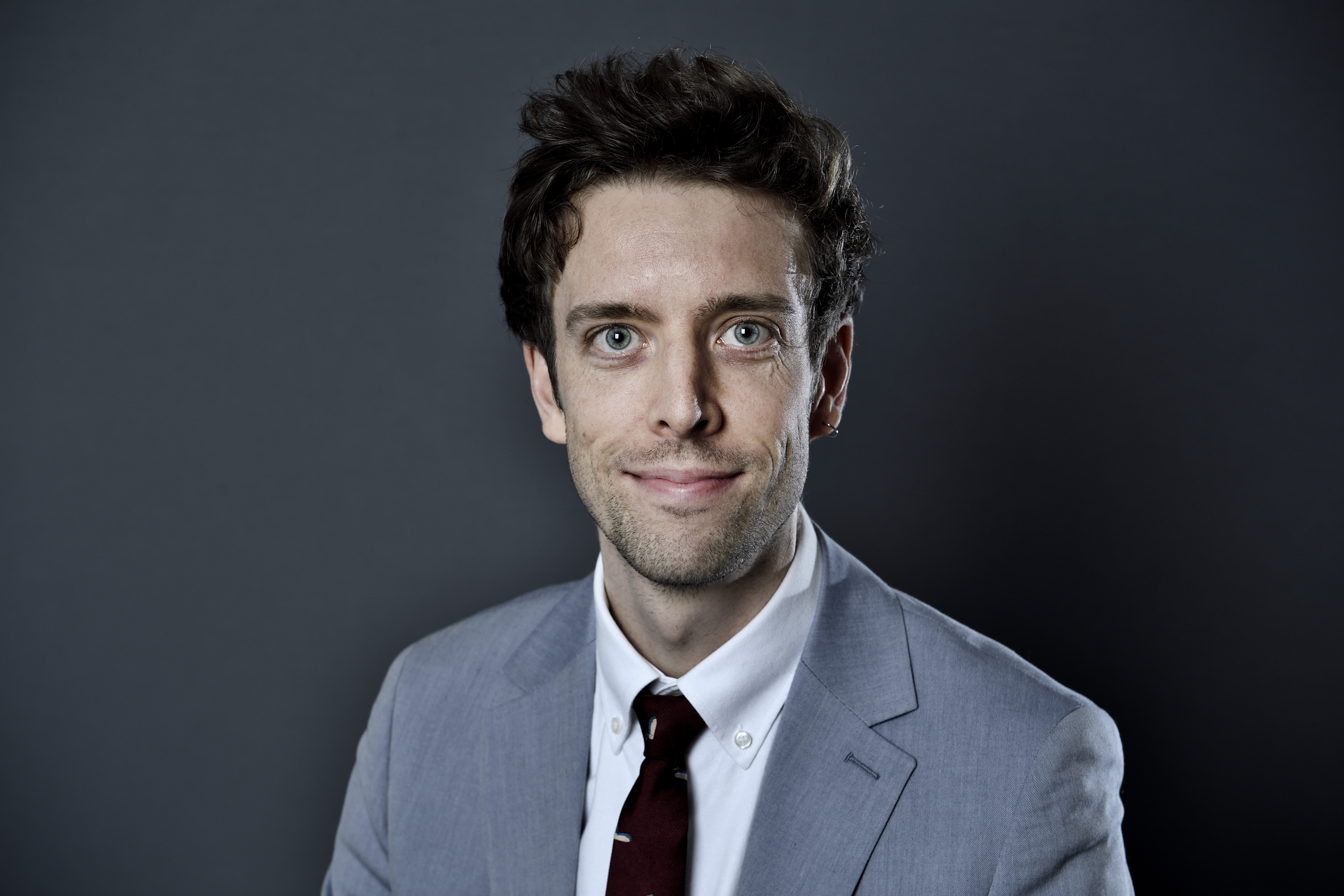Edmund Kelleher
Research leader

Project title
A new short-pulse light source for studying the optical properties of ultra-thin materials on ultra-fast time-scales
What is your project about?
In this project, we will develop a new light source that will deliver intense, short pulses of terahertz radiation at unprecedentedly high pulse rates along with radiation covering the visible and even ultra-violet spectral range. Enabled by recent advances in the frontier of laser science, this source will open up new possibilities in the area of ultrafast spectroscopy of novel materials. Specifically, we will use the system as a tool to explore how electrons move through ultra-thin, so-called two-dimensional semiconductors that are just a few atomic layers thick. The hope is that one day we can use the electric field of these intense light pulses to controllably steer electrons in these materials on an ultra-fast time scale that could have far-reaching implications, for example for the evolution of the next generation of computing.
How did you become interested in your particular field of research?
At university I had a particular curiosity in the field of physics concerned with the generation, detection and manipulation of light because it seemed very tangible and yet deeply fundamental in nature. I have subsequently gained the appreciation that photonic systems, and lasers in particular, are a core enabling technology that underpins so many of the application areas that have a very high potential of transforming our society over the next decades and as such photonics, and more specifically ultrafast optics, is an extremely exciting and rewarding field to work in.
What are the scientific challenges and perspectives in your project?
The overall challenge is to develop a novel light source that will enable us to perform measurements, specifically tracking the evolution of low-energy excitations, in low-dimensional materials. The nature of these ultra-thin materials means that it can be extremely difficult to record measurable signals simply because the light-field interacts with just a few atomic layers. Thus, accumulating a measurable signal above background noise is only possible by integrating over a large number of light pulses – the higher the source pulse-rate the greater the signal to noise ratio. With today’s state-of-the-art pulsed lasers with low pulse-rates these measurements are often simply not possible at all. Increasing the pulse-rate is, however, non-trivial and is achieved at the cost of increasing the thermal load that is transferred to the material, which adds another level of complexity that needs to be managed.
What is your estimate of the impact, which your project may have to society in the long term?
Although this project is of a fundamental nature and directly contributes to the global knowledge base, the broader impact of a deeper understanding of light-matter interactions in low-dimensional materials has profound implications for a number of key application areas. Two examples include the proliferation of light-driven materials for next-generation high-speed, or even quantum, computing to meet the challenges of an increasingly digitally connected world. Secondly, the design of stable, high-efficiency light-harvesting devices based on emerging two-dimensional organic-inorganic compounds to address the urgent need for economic and reliable sources of clean energy through conversion of solar radiation.
Which impact do you expect the Sapere Aude programme will have on your career as a researcher?
Receiving a Sapere Aude grant is a huge boost to my research effort and an important step forward in my career development. The grant will provide me with the facility and support to establish a strong research base at the Technical University of Denmark through the growth of my research team with the appointment of two PhD students dedicated to the project. We want to have the resources available to ensure our research outputs gain maximum exposure, both nationally and internationally through a variety of dissemination channels. Finally, I believe this program will be a great platform from which to launch future funding campaigns.
Background and personal life
I grew up in a rural part of the UK with lots of opportunities to enjoy the Great Outdoors. Today I live in Copenhagen with my parter – her and I continue to take every opportunity to get out in Nature. We particularly enjoy climbing mountains, running in the forests and swimming in the lakes – Denmark is a fantastic gateway to Scandinavia to enjoy these passions that provide a great antidote to hard weeks in the lab!
View all research leaders here
Research institution
Technical University of Denmark, DTU Fotonik
Research field
Physics
City of your current residence
Copenhagen
High school
Notre Dame High School, Norwich, UK
